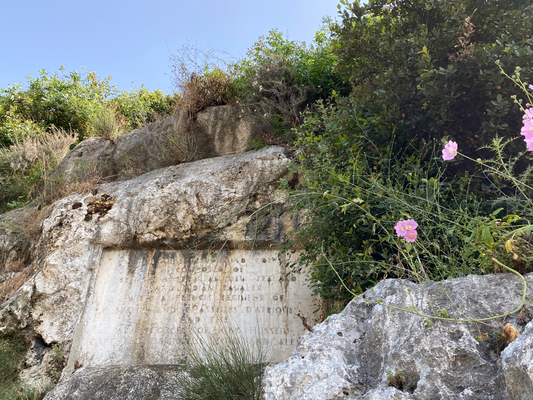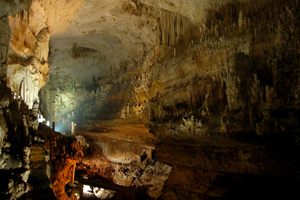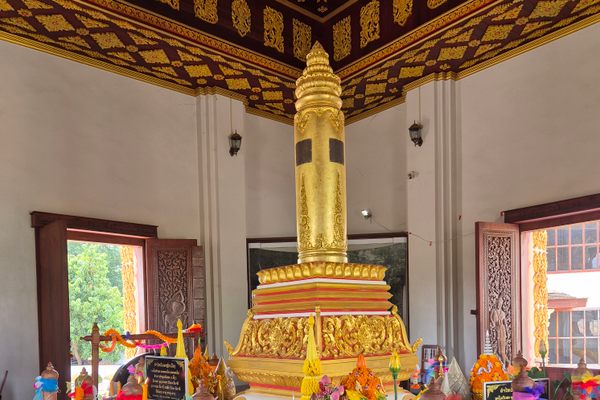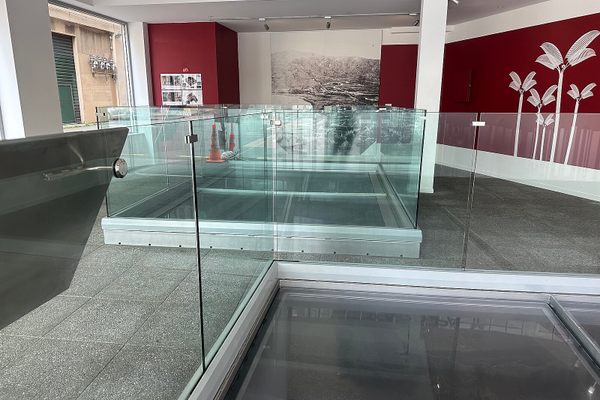About
What do Ramses II, Nebuchadnezzar, the Roman Emperor Caracalla, and Napoleon III of France have in common? Other than the obvious fact of being conquerors and rulers, they also had a penchant for graffiti. In particular, they created stelae, carving their names and deeds into the steep stone walls that descend to the Nahr el-Kalb River as it slices its way from the Lebanese highlands to the Mediterranean Sea.
Beginning with the oldest inscription commemorating the victory of Ramses during his Syrian campaign of 1275 B.C., this same valley bears the exploits of the Assyrian King Esarhaddon after he returned the favor and conquered Egypt in 671 B.C. Then, Nebuchadnezzar subjugated this land and left his mark. As did invaders from Hellenistic Greece, Rome, Phoenicia, and the various Islamic empires that rose and fell here.
Even Herodotus, that legendary Greek historian, cited inscriptions found at Nahr el-Kalb to support arguments in his Histories.
In the modern era, Allied troops marked their capture of Damascus, and French troops chronicled their taking of Beirut during World War II. There’s even an inscription celebrating the expulsion of foreign forces from Lebanon in 1946 and the beginning of Lebanese independence.
The valley became a veritable who’s who of important people and heroic happenings, with every new kingly passerby or victorious army adding to the narrative. A diary writ large and in stone.
Most remarkable, however, is that through this long succession of empires, of victories and defeats, of freedoms lost and won, adversaries have left the words of the vanquished intact, to stand in contrast with the jubilance of the newly victorious. In all of human history, it has typically been customary to eradicate the monuments of the defeated. But, here, the victors seem to have abandoned that custom, and our collective history is made all the richer for it.
That said, one ruler did, in fact, purposefully destroy one of the markers. When Napoleon III passed through in 1861, he decided to repurpose a badly worn Assyrian stele and overwrote it with his own exploits. Thanks a lot, Napoleon III.
Related Tags
Know Before You Go
Although this place is currently on UNESCO’s tentative list awaiting World Heritage status, it is largely ignored by visitors and locals alike, hidden behind tall weeds along a well-used road to a water park, a zoo, and the heavily-touristed Jeita Grotto.
It’s an easy drive from downtown Beirut to the site which is completely unmarked. Heading away from Beirut, simply turn right off the Jounieh-Beirut Highway onto Zouq El Kharab. Find a place to park beside the road or continue to the parking lot at Palms the Legend restaurant and walk back toward the sea. The stelae are easily found along the southern face of the cliff wall. Watch out for traffic as no one will expect you to be standing so close to the road.
Spanning the river, you will also find an historical bridge built by the Mamluk sultan, Barquq. It’s only 650 years old. No big deal.
Community Contributors
Added By
Published
September 25, 2024































